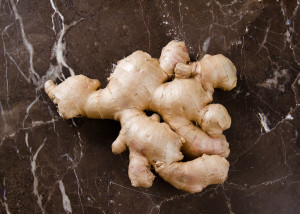What is Chinese herbalism, you ask? It’s a gentle, safe and effective way to treat not only symptoms but also get to the root cause of many common health disorders. Although Chinese herbs can be semi-precious or exotic, such as sandalwood, freshwater pearl or frankincense, many of these medicinal substances are common household food items ranging from green tea to watermelon.
Chinese herbal formulas are specific combinations of single herbs that treat a certain condition and group of symptoms. To determine the ideal formula for you, your licensed acupuncturist must consider not only your symptoms, but also your pulse, tongue and abdominal presentation. Each patient receives a blend formulated just for them.
Knowing how to prescribe a customized herbal formula takes years of training. So how can you reap the health benefits laying dormant in your pantry? Here are a few ideas:
- Do you run cold? Slice 2 nickel-width slices of ginger root and add it to a cup or so of boiling water. Let boil for 1 minute, then simmer for 3 minutes. If your cold is more pronounced in the extremities – especially hands and feet – add a cinnamon stick as well. Strain and drink warm.
- For sties, make a green tea poultice. You can either use pre-made green tea bags or loose leaf tea wrapped in gauze. Activate the green tea by soaking for 1 minute in warm water then apply to your closed eye. This poultice may be applied for up to 20 minutes two times per day.
- Got acne? Try a mung bean mask. Mung beans help to relieve inflammation and toxic accumulations in the skin. To make a mask, put ½ cup mung beans in the blender and grind into a fine powder. Mix 2 teaspoons powder with enough water to make a paste. Massage gentle into clean skin. Leave this mixture on the skin for 20 minutes. You may also add ½ teaspoon of Kaolin clay to the mung bean powder.
These are just a few of the hundreds of homemade herbal remedies available in the rich tradition of Chinese herbal medicine.
* * *
